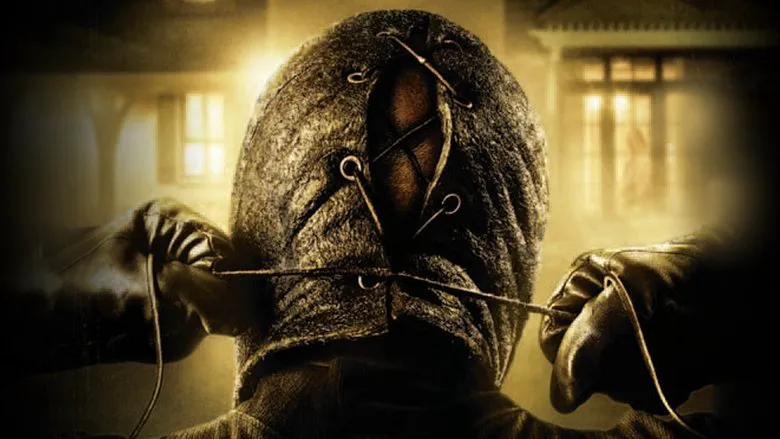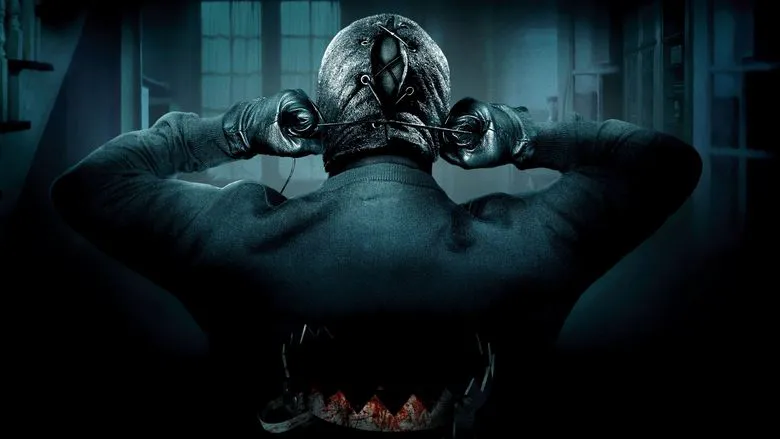“The Collector”: A Descent into Graphic Horror
Marcus Dunstan, previously known for his screenwriting contributions to the “Saw” franchise, steps into the director’s chair with “The Collector,” a film that throws the audience headlong into a world of explicit torture. While the narrative may lack substantial depth or thematic resonance, it undeniably delivers a wide range of disturbingly creative instruments of suffering, catering to the dedicated fans of the horror genre.
The plot revolves around Arkin (played by Josh Stewart), a handyman grappling with a dubious past. He finds himself working for a wealthy family, engaging in seemingly innocuous conversations with the father regarding familial matters, flirting with the daughter, and, crucially, meticulously planning a robbery targeting the family’s safe.
 Arkin, deep in thought, unaware of the horrors to come.
Arkin, deep in thought, unaware of the horrors to come.
Arkin, a reformed burglar, appears to have meticulously accounted for every variable. However, his carefully laid plans are abruptly derailed when he chooses the absolute worst possible night for his illicit venture. A masked maniac has already transformed the family’s residence into a nightmarish arena of death, booby-trapped with intricate devices of torment and echoing with the agonizing screams of his victims.
Gore Over All Else
In contrast to the “Saw” film series, where Dunstan worked as a screenwriter and where there was often a focus on the moral implications or spiritual torment behind the violence, “The Collector” reduces these elements considerably. Yes, there are visually shocking scenes depicting individuals suspended from ceilings by enormous fishing hooks, infestations of exotic invasive cockroaches burrowing under the characters’ skin, and severed fingers carelessly strewn across the floor like discarded objects.
 A chilling reminder of the horror that awaits.
A chilling reminder of the horror that awaits.
However, Dunstan seemingly neglects to provide even a modicum of plausible motivation to justify this unrestrained exhibition of appalling depravity and violence, leading to questions of how the story can be driven forward.
Lost Narrative Opportunities
The narrative of “The Collector” has several openings and ways to better support the plot that ultimately never get explored. Some clarification or exploration of narrative gaps, such as addressing why the characters spend an abnormally large amount of their time failing to locate one another within the relatively confined space of a two-story house, would have improved the storyline and avoided moments fo disbelief.
 The masked maniac, creating a visually striking look for the gore enthusiasts.
The masked maniac, creating a visually striking look for the gore enthusiasts.
The masked antagonist certainly presents a striking and memorable visual aesthetic. Unfortunately, the depravity of the imagery on display will likely appeal only to a specialized demographic amongst hardcore gore enthusiasts who highly value the sounds of bone-crushing impacts and blood-gurgling deaths above all else.